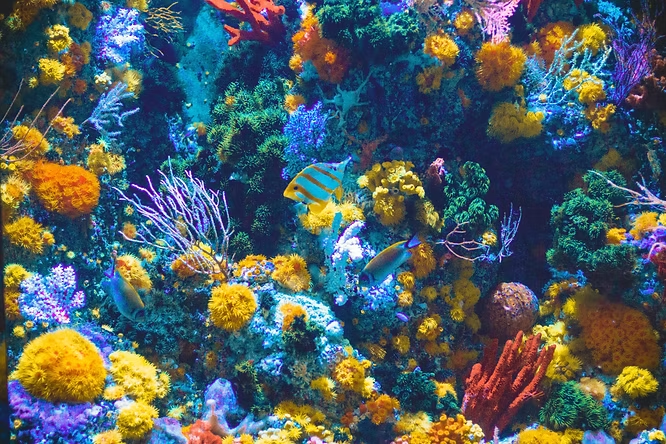Greenland Halibut and the Threat of Bottom Trawling
In the cold, dim waters of the Davis Strait between Greenland and Canada’s Baffin Island lives the Greenland halibut (Reinhardtius hippoglossoides), a flatfish with both eyes on the right side of its head. These fish have been targeted for decades by industrial trawlers, which drag cone-shaped nets across the seabed. In 2021, trawlers caught about 12,400 metric tons of halibut within Greenland’s waters. While productive, this method disrupts the seabed, overturning rocks and sediment.
A Fragile Ecosystem at Risk
Halibut, cod, mackerel, crab, and prawn form the backbone of Greenland’s fishing industry. But bottom trawling poses serious ecological costs. The practice crushes slow-growing organisms, some thousands of years old, which cannot be replaced on human timescales. More sustainable longline fisheries exist closer to shore, using baited hooks rather than trawl nets, and have less impact on the seabed.
Discovery of Vulnerable Marine Ecosystems
Recent research has revealed just how much is at stake. A 2020 study identified a vast soft coral garden covering 486 square kilometers (188 square miles) near halibut fishing grounds. In 2021, another study documented fields of sea pens, meadows of cup corals, and mixed assemblages of corals, sponges, and sea pens — some directly overlapping with active trawling areas. These habitats may qualify as Vulnerable Marine Ecosystems (VMEs), which the U.N. urges nations to safeguard.
Greenland’s Next Steps
The discovery of VMEs is pushing Greenland and its fishing industry to consider changes. However, details of protection measures remain scarce, and experts question whether proposed actions will adequately protect fragile seabed life while balancing the nation’s reliance on fisheries.

